Human Nutrition
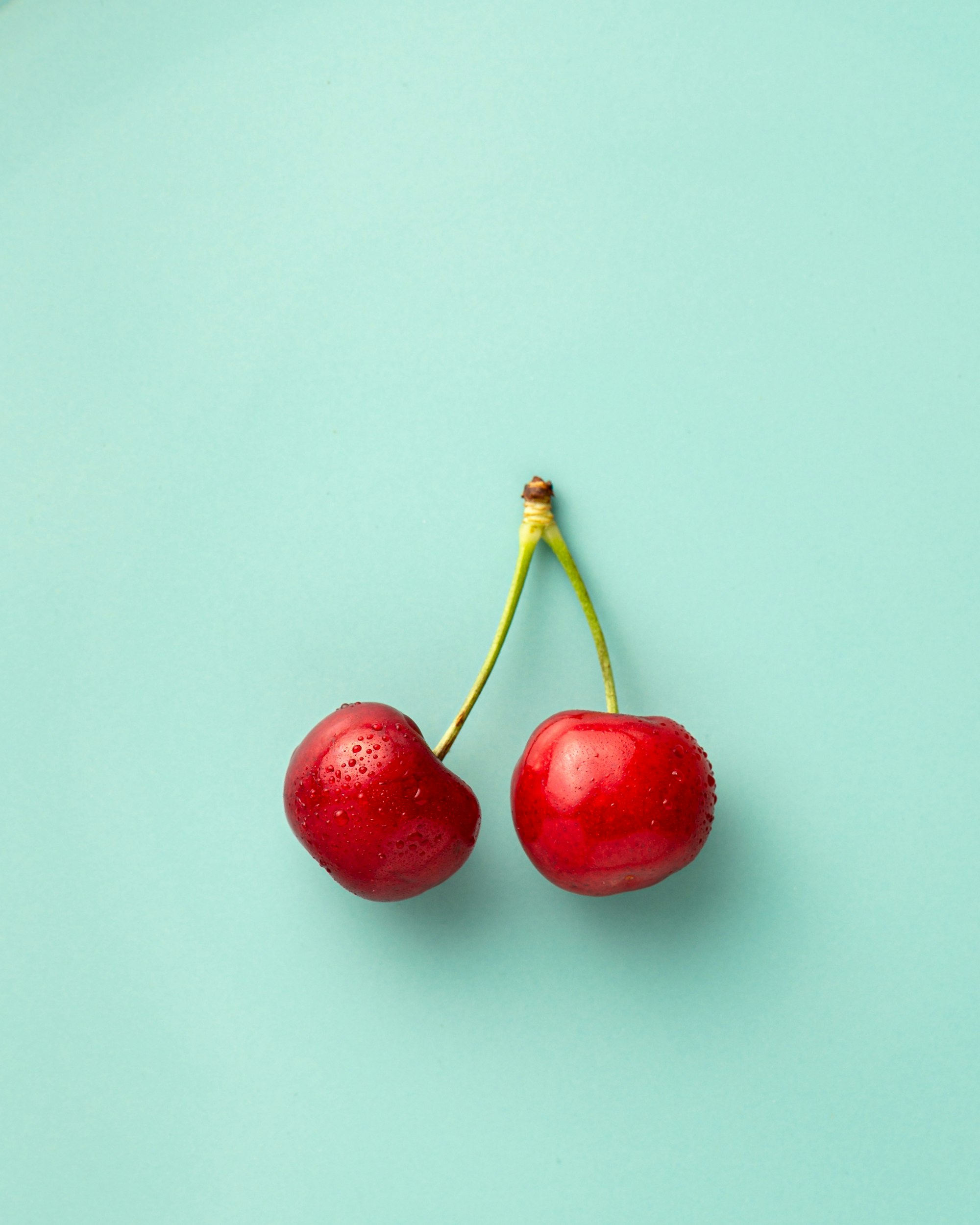
Diet
A good diet on its own will not make you skilled or physically fit as a performer or a sportsperson, but will help you make the most of your abilities through nutrition; hence, nutrition is very important.
Your body is an endothermic one and has the ability to maintain a constant body temperature and a lot of energy is needed to do so. Moreover, the electrical impulses that are transmitted by the neurones in your body need energy to do so. Thus it is important that you should have a good balanced diet to get all the seven nutrients beneficial for nutrition.
Balanced Diet
Ideally, everyone should try to eat a healthy balanced diet. A balanced diet includes all nutrients that your body needs and is a form of complete nutrition. to achieve this, you need to eat a range of different types of food in the right proportion.
Here is a list of the nutrients you require:
- Carbohydrates
- Fats
- Proteins
- Vitamins
- Minerals
- Fibre
- Water
Carbohydrates
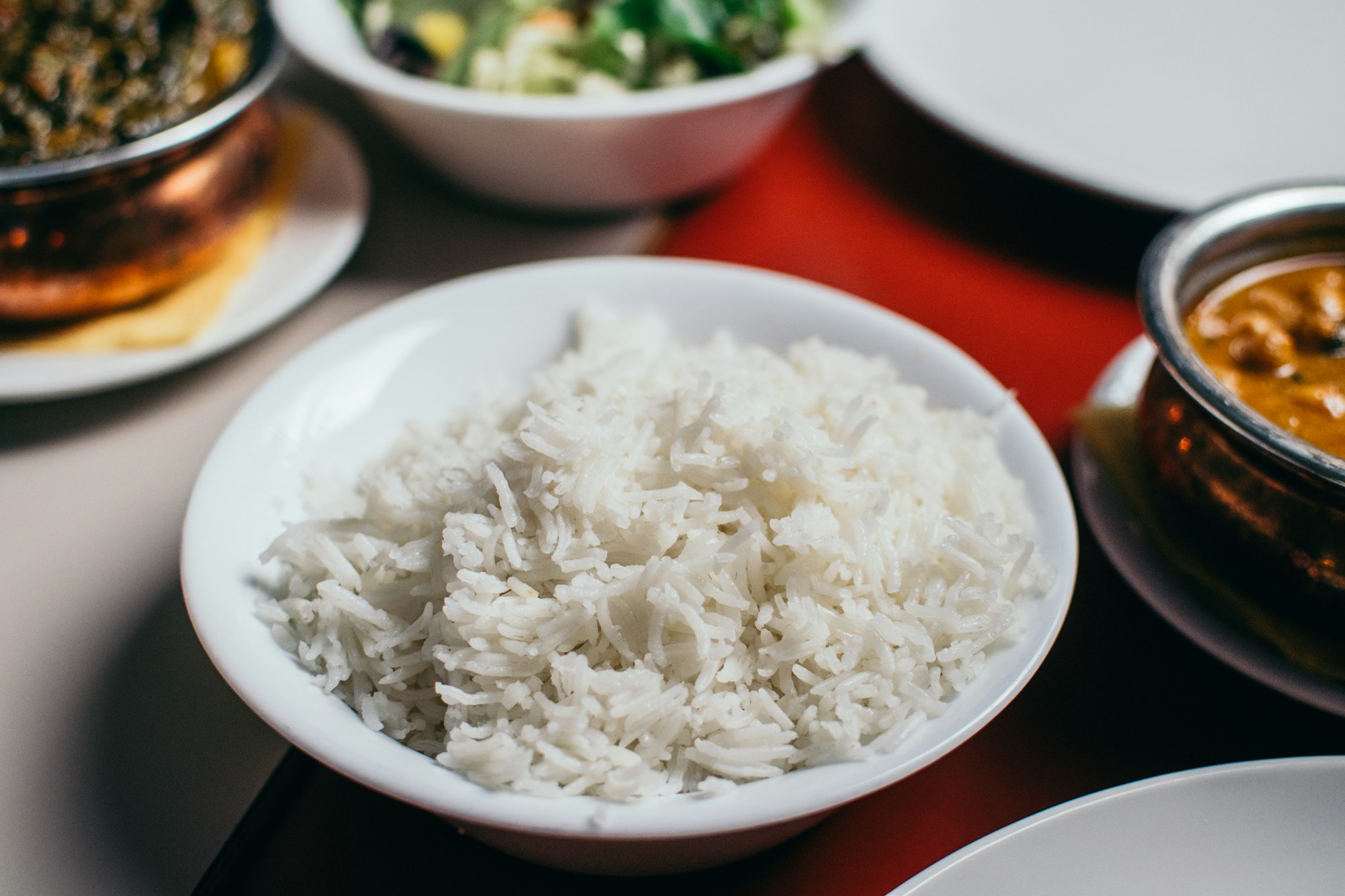
Carbohydrates are the body’s main source of energy. They come in two kinds:
- Simple sugar (Monosaccharide)
- Complex sugar (Disaccharide and Polysaccharide)
Simple sugar (Monosaccharide):
Simple sugars can provide a lot of energy for immediate usage. However, they contain no other useful nutrients. Example : Glucose
Complex sugar (Disaccharide and Polysaccharide):
They are good sources of energy. The body can easily store this form of energy for rapid use in future.
- Animal cells store complex sugars in the form of glycogen.
- Plant cells store complex sugars in the form of Starch.
Example :
- Disaccharide: Maltose
- Polysaccharide: Starch, Glycogen
Foods containing carbohydrates: Rice, Bread, Root vegetables, potatoes, Pasta, Milk, etc.
- As mentioned above, energy from carbohydrates is converted into glycogen and is stored in the liver and in our muscles.
- When energy is needed, the body changes the glycogen into glucose which is used by the body during aerobic respiration.
- If a lot of carbohydrate is eaten, it will be stored as fat.
Fats

Fats are used for energy but only when carbohydrate supplies run low.
There are two types of fat:
- Saturated Fat: These are usually found in foods such as milk, butter, cheese and meat.
- Unsaturated Fat: These usually found in foods such as fish oils, cooking oils and vegetable oils.
Saturated fats are converted to cholesterol by the liver.
There are two types of cholesterol:
- HDL (High Density Lipids): Must be in greater amounts as it is beneficial and good
- LDL (Low Density Lipids): Must be in controlled amounts or else the person may get infected with Coronary Heart Disease.
For this reason, no more than 10% of your energy should come from eating saturated fats.
If the percentage level of saturated fats in your diet increases, fat deposits begin to build up inside blood arteries, making them stiffer, less elastic, and narrower.
When this particularly happens in the coronary artery that supplies oxygen to the heart, very less oxygen is supplied to it, decreasing it’s performance and increasing the risk of coronary heart disease. This usually results in a blood clot and a heart attack.
Eating too much of fat leads to obesity, coronary heart disease and diabetes.
Proteins
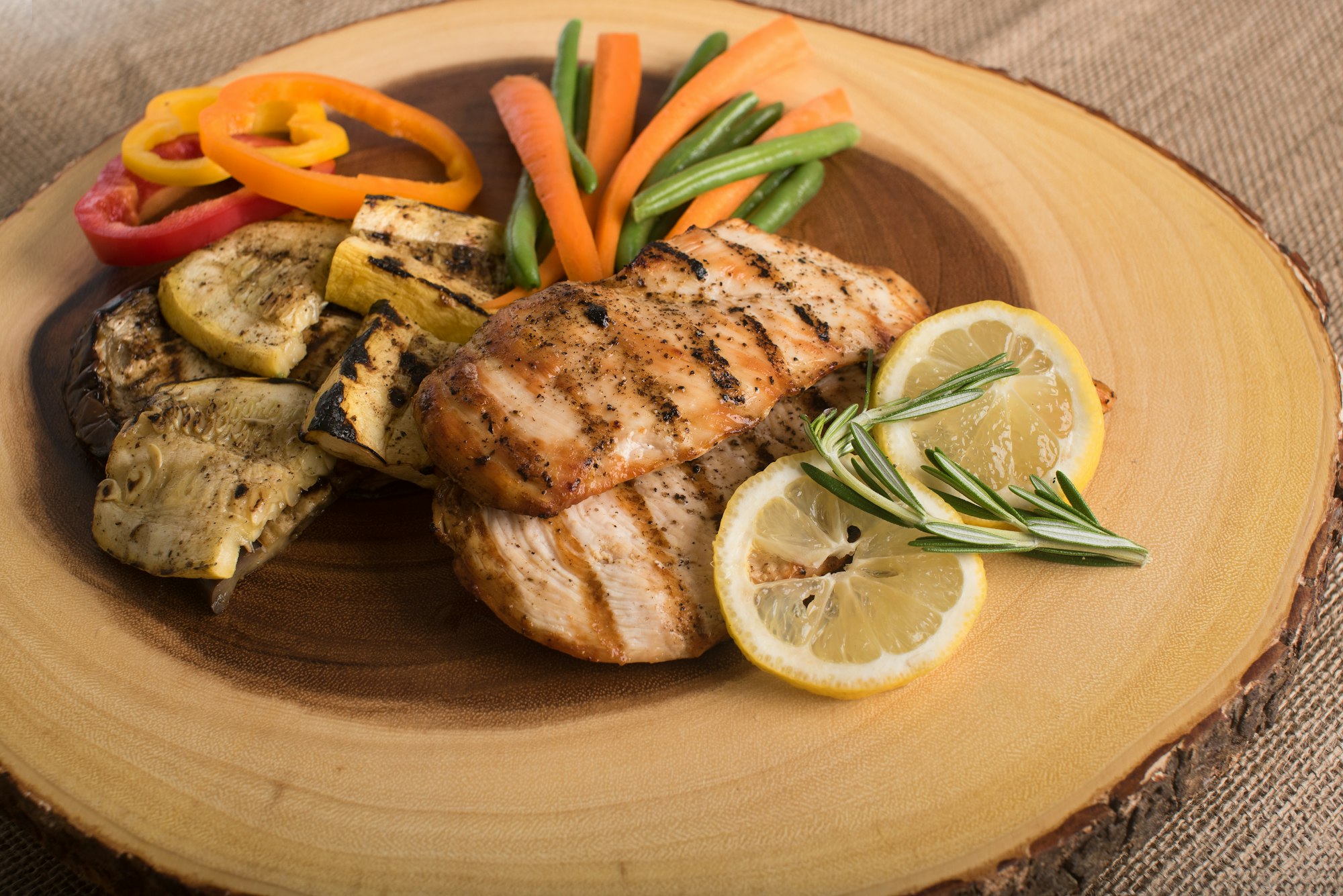
- Proteins are used to generate energy only when the body has exhausted it’s store of fat and carbohydrates.
- Proteins are very important for the body. Our muscles and other tissues, Haemoglobin, fibrin, keratin, collagen, DNA, enzymes etc. are all made up of proteins.
- The proteins you eat are broken down into amino acids, and are used by the body to build and repair cells and to make blood cells.
- Proteins are made by the synthesis of amino acids in the ribosomes of cells.
- Food containing proteins are: Eggs, Fish etc.
- Kwashiorkor is characterized by a protruding abdomen due to lack of proteins.
Vitamins:
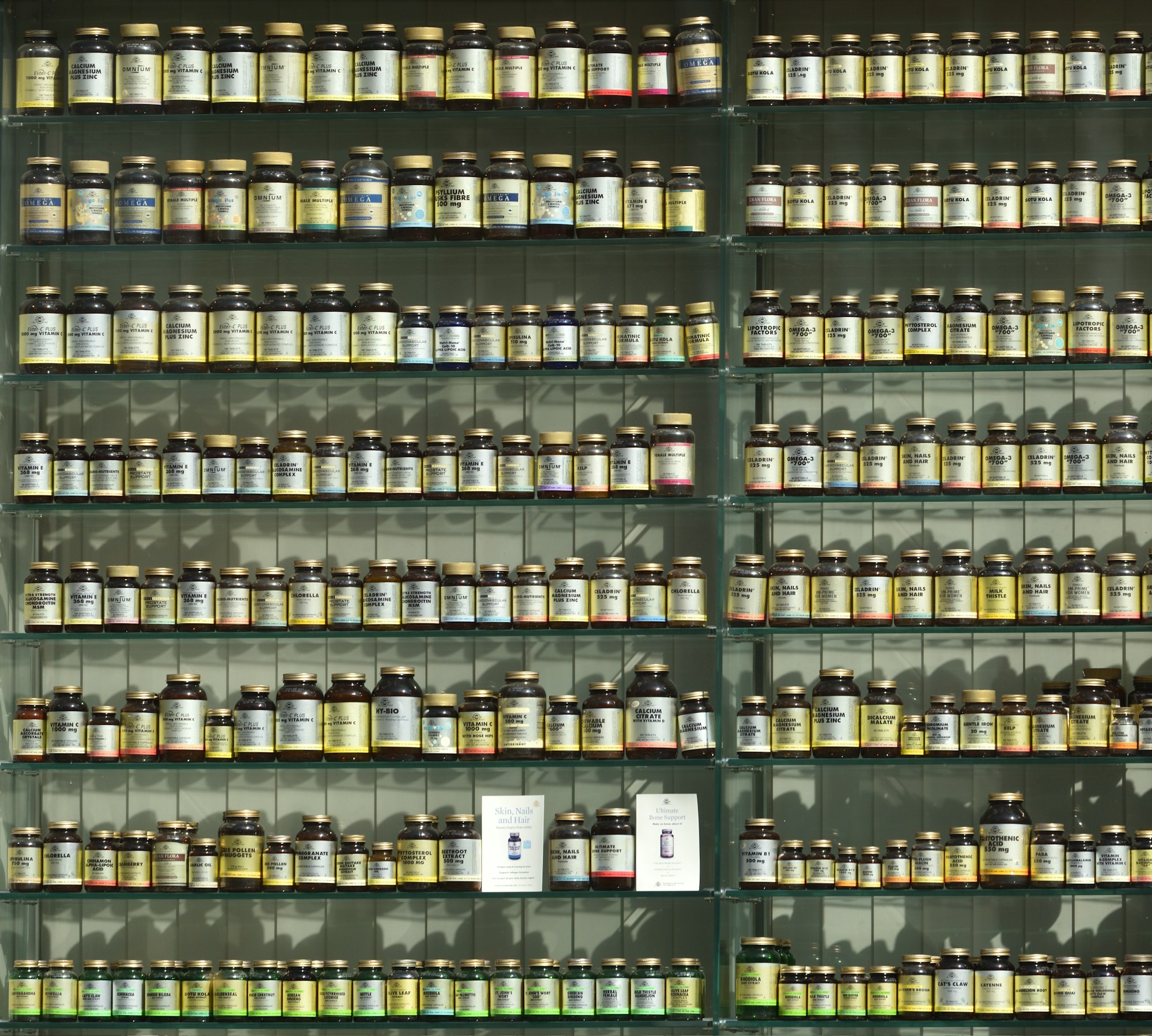
Your body needs vitamins to help it work normally. they are needed for many functions including:
- Releasing energy from food
- Resisting infections and diseases
- Repair and growth of tissues
- Regulating chemical reactions in the body
Fruits and vegetables contain a lot of vitamins.
- Fat soluble vitamins: A, D, E, K
- Water soluble vitamins: B,C
The table below gives important information about vitamins:
- Vitamin A: is found in fish, milk, vegetables, eggs and cheese. It is needed for good eyesight and healthy skin.
- Vitamin C: is found in citrus fruits and vegetables. It is needed for healthy teeth,gums, and to prevent scurvy.
- Vitamin B1: is found in whole-grain food, nuts and meat. It is needed for breaking down carbohydrates.
- Vitamin D: is found in animal products such as milk and egg. It is also made in the presence of sunlight by the skin. It is crucial for absorbing calcium and phosphorous and to avoid rickets.
Minerals:
- Minerals are basic elements that are found in the air and in the earth’s crust.
- Our body needs certain minerals in small proportions in order to maintain the nutrient stability.
Below are the names of some minerals needed by our body, where they are found and their importance:
- Calcium: is present in vegetables, dairy products and dried fish. It is significant for keeping our bones strong.
- Iron: is found in red meat, liver, beans, lentils and green leafy vegetables. It is crucial for making blood and for the prevention of anaemia.
- Iodine: is found in seafood and dairy products. It is needed as it maintains the thyroid gland.
Fibre:
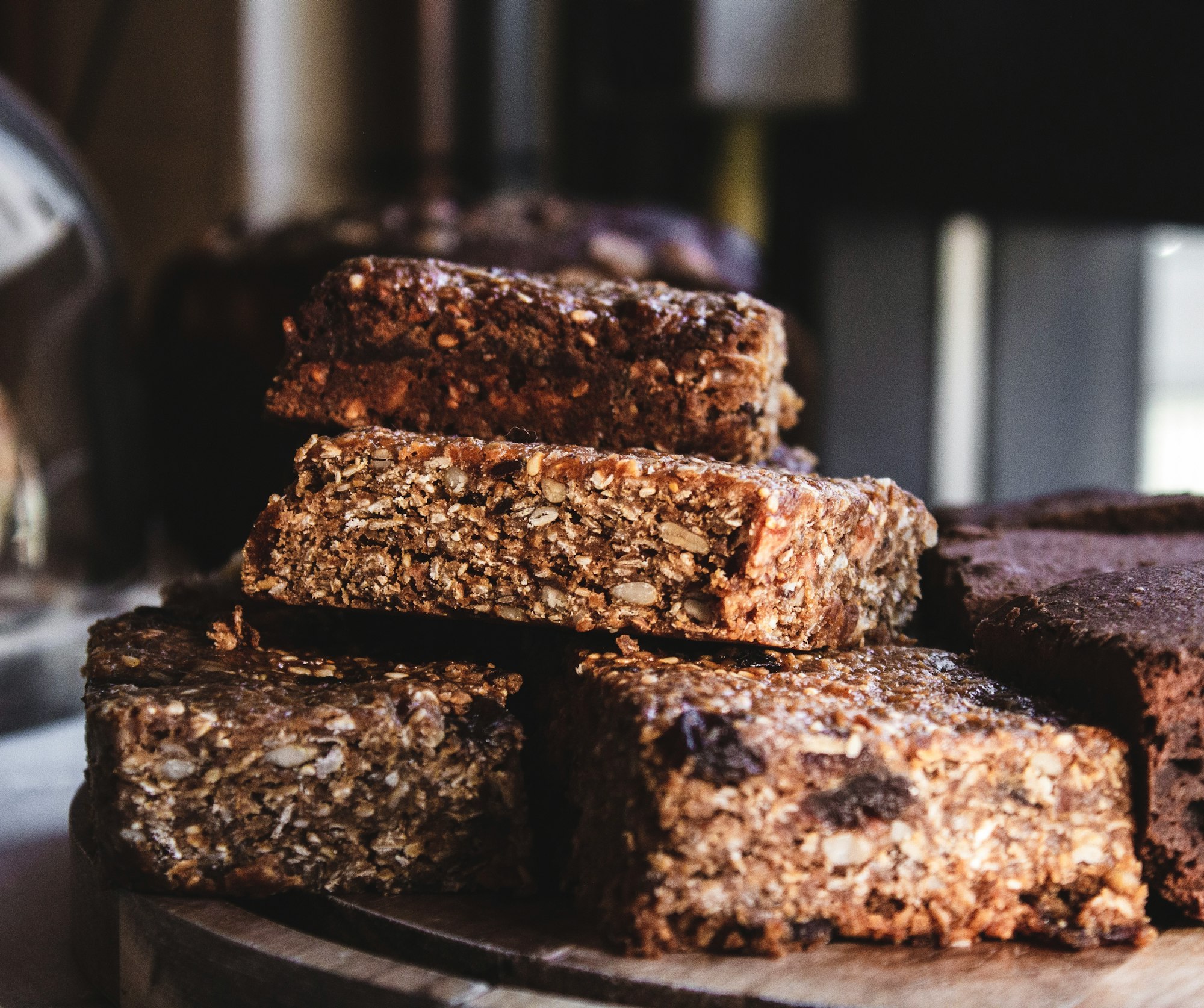
Fibres are actually a substance called cellulose. It is found in the cell walls of plants. Fruits, vegetables, whole grain cereals are good sources of dietary fibre. Fibres cannot be digested, but it is beneficial for the smooth working of the digestive system. People who eat too little fibre often suffer from constipation and may acquire high risk of bowel cancer.
Water:

The body is majorly composed of water. Approximately 60% of adult’s weight is composed of water (80% of child’s weight). It is vitally important that you drink enough water. Dehydration can seriously damage performance of body.
Energy Calculations:
- 1g of carbohydrates gives 17.1 kJ of energy
- 1g of protein gives 18.2 kJ of energy
- 1g of fat gives 38.9 kJ of energy
Individual energy needs:
The amount of energy required depends from person to person, depending on a number of factors such as:
- Age
- Size
- Sex
- Lifestyle
- Diet
Making Yoghurt:
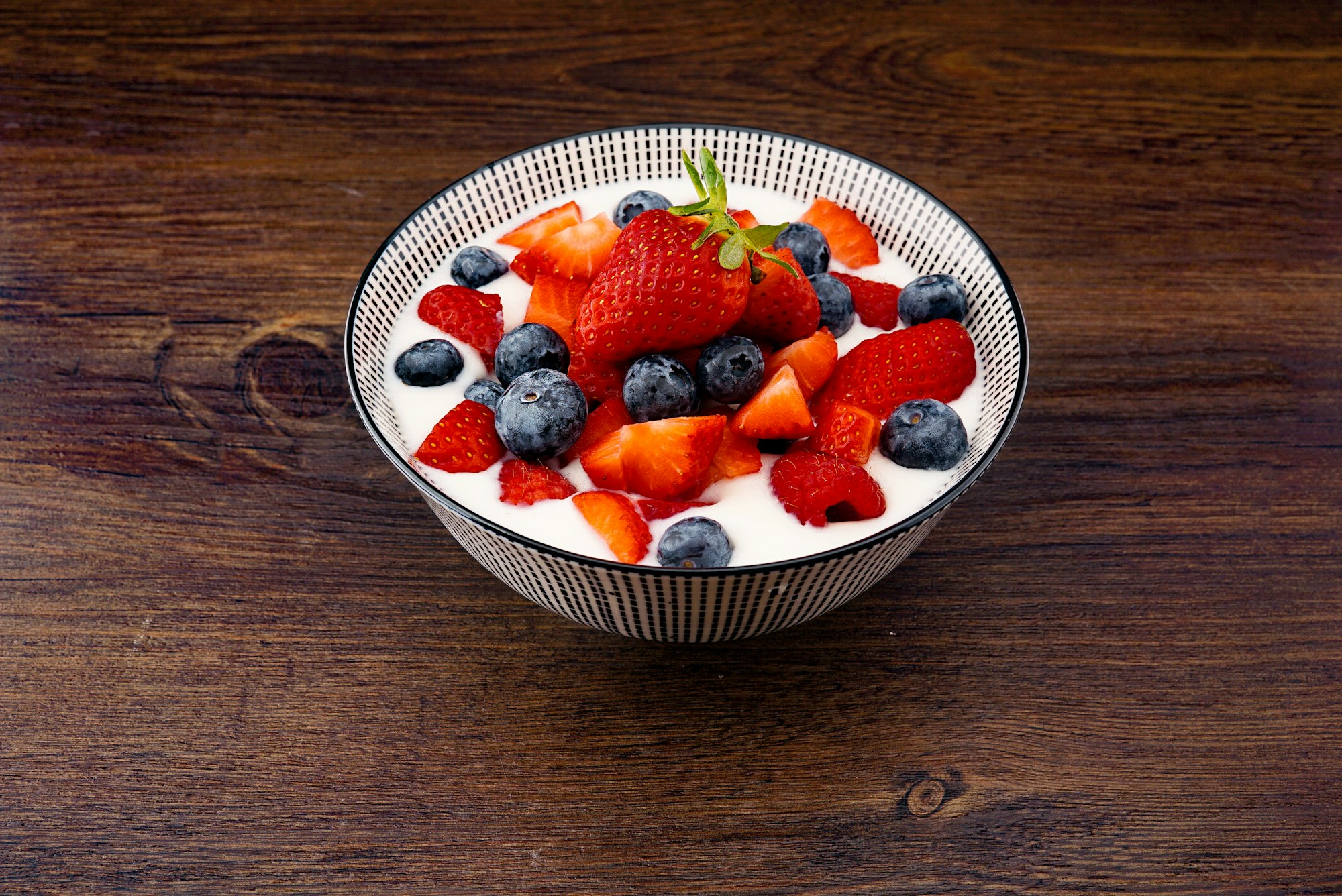
- Made with the help of Lactobacillus bulgaricus bacteria.
- Milk (Lactose) » Lactic acid+energy
- Yoghurt is produced when a bacteria called Lactobacillus bulgaricus is added to milk. It uses the sugar (lactose) from the milk as it’s energy source. It converts the lactose into lactic acid. The presence of lactic acid lowers the pH of the milk. The proteins in the milk coagulate, forming clumps. The milk separates out into these clumps called curd and liquid called whey.
The process:
- The milk is heated to 70 degrees celsius and then cooled.
- the culture of the bacterium is added to warm milk and is left for a few seconds.
- The heating is done to kill any other harmful or unwanted bacterium so that it does not ferment the milk and produces unwanted products.
SCP- Single Celled Protein:
Single celled protein typically refers to sources of mixed protein extracted from mixed or pure cultures of algae, yeast, fungi or bacteria. They are usually grown on agricultural wastes. They are used as a substitute for protein rich food in human and in animal feeds.
Mycoprotein:
Mycoprotein has the potential to maintain normal blood cholesterol levels and even lower the cholesterol levels. It can as well regulate blood glucose levels. It is an excellent source of high quality protein and contains all the essential amino acids for adults. It is also rich in dietary fibre and is low in saturated fats and also does not contain trans fats!
Production of Mycoprotein:
- Mycoprotein is manufactured using a bacteria called fusarium.
- The fusarium is grown in large vats, using carbohydrates as a food source, with other nutrients such as ammonium nitrate added as well.
- The carbohydrates often come from waste and leftovers from making flour.
- Fusarium reproduces and makes a mass of mycelium, which is harvested and treated to remove a lot of the RNA it contains, and shaped (after drying) into chunks, ready to consume as it is, or for making into other food products.
Food Additives

Types of food additives
- Flavourings: such as monosodium glutamate, better known by it’s trade name: Ajinomoto, has properties of enhancing the flavours of savoury food. However, research reveals that msg can damage our nervous system, introduce joint pain and headache. .
- Colourings: such as caramel, give an appealing brown colouring. On the other hand, it’s regular consumption can lead to vomiting, muscular weakness, asthma and cancer!
- Preservatives: such as ascorbic acid are used as antioxidants as they stop ‘browning’. However, other preservatives such as Carrageenan has the potential to again, increase the risk of cancer.
- Emulsifiers: are substances that break fats into simpler substances. It is industrially used for homogenised milk which comprises of milk fat in water and milk proteins.
Digestive Process

Whatever you eat from your mouth is actually the opening to a 30 feet maze that directly ends at the anus. Even if you have gobbled up something with unclean hands, the hydrochloric acid in the stomach and the sodium hydrogen carbonate in your duodenum are definitely going to give any pathogen a ‘warm’ welcome! So let us begin onto this chapter where we will learn about every single aspect of your digestive system and for better understanding, give you a free powerpoint presentation as well!
Here is what will happen when you eat something:
- Ingestion
- Digestion
- Absorption
- Excretion
Ingestion
Taking food into the body through the mouth is called as ingestion.
Digestion
The breakdown of large insoluble molecules to small water soluble molecules using mechanical and chemical digestion is called as digestion.
Absorption
The movement of digestive food molecules through the wall of the small intestine, into the blood or lymph is defined as absorption.
Excretion
The removal of waste products of metabolism or nutrients in excess is termed as excretion.
Teeth
The structure of teeth

- The teeth specialise in mechanical digestion of food.
- They can grind, chomp, tear, and crush food in order to break it down to smaller and simpler pieces of food,
- The part of the tooth which is embedded into the gum is called the root.
- The part which can be seen is known as the crown.
- The crown is covered by the enamel which is the hardest naturally produced substance amongst animals!
- Beneath the enamel is a large layer of a less hard bone, called the dentine.
- The dentine has channels in it containing living cytoplasm.
- Beneath the dentine is the pulp cavity. it contains nerves and blood vessels.
- The root of the tooth is covered with cement. it has fibres growing out of it. it attaches the tooth to the jawbone, but allows it to move slightly when chewing.
Types of teeth in mammals
- Incisors: are chisel shaped for biting off pieces of food.
- Canines: are similar to incisors but instead of a chisel shape, they have a sharp pointed crown and are used to tear off meat.
- Premolars: are plateau shaped teeth which specialize at grinding food.
- Molars: are like premolars and are also used to grind food.
Animals have two sets of teeth in their lifetime:
- Milk teeth: the teeth which form during 5-30 months of your life. there are usually 20-22 milk teeth.
- Permanent teeth: the teeth that replace milk teeth when you grow towards your teens. there are usually 32 permanent teeth.
Plaque
Some of the bacteria, together with other substances in your mouth, form a sticky film over the teeth, especially next to the gums and in between the teeth. this substance is known as plaque.
Tartar
Plaque is soft and easy to remove at first. However, if it is left, it hardens to form tartar, which cannot be removed by brushing.
Gum Disease
- If plaque is not removed, the bacteria may infect the gums.
- The gums swell, becoming inflamed.
- They may even bleed when you try brushing your teeth.
- this is normally painless; however, if bacteria are allowed to grow, they may work their way down to the root of the tooth!
- the tooth will then become loose and will need removing.
Tooth Decay
If sugar is left on the teeth, bacteria in the mouth will feed on it. Soon, due to the metabolic reactions going in the bacteria’s body, an acidic solution will be produced which lowers the pH of the mouth and has the potential to dissolve the enamel.
As the bacteria grows, greater volumes of acidic solution is produced. The acid gradually reaches the dentine which gets dissolved even faster and then worms it’s way down the pulp cavity.
The bacteria can grow up to such an extent that an abscess is created by it at the root of the tooth, causing excruciating pain!
A person suffering from tooth decay usually is recommended for a root canal treatment.
Dental Care
- Avoid consuming too much of sugar
- Use a fluoride toothpaste regularly as research has revealed that having fluoride ions in the mouth produces a tough protective layer on top of the enamel and prevents tooth decay.
- Visit a dentist twice a year.
- Don’t use too much of fluoride toothpaste as it may cause blackening of your teeth.
The Alimentary Canal
The alimentary canal runs from the mouth to the anus. It also includes the liver and the pancreas.
Peristalsis is the longitudinal movement of the muscles in the oesophagus that help the food bolus to travel through the alimentary canal.
Sphincter muscles act as valves and are found throughout the canal. they help regulate the movement of food through it.
The Mouth
- The teeth bite and grind the food into smaller pieces.
- The tongue helps move the food and mixes it evenly with the saliva.
- This forms a food bolus.
- Salivary glands produce saliva containing amylase.
- Amylase breaks down starch containing food such as bread into maltose.
Amylase
Starch —————–> Maltose
The Oesophagus
Originally, when the food moves through the mouth, there are two tubes leading to different destinations:
- The trachea
- The Oesophagus
Food needs to pass into the oesophagus and not through the trachea which leads to the lungs.
- To regulate this passage, the epiglottis is used.
- The epiglottis is a cartilage that stops the food from entering into the trachea.
Note: There are no enzymes in the oesophagus and so the food bolus moves unchanged into the stomach.
The Stomach
- The stomach is strong and muscular.
- It secretes mucus and other enzymes such as pepsin.
- Another enzyme- renin is only secreted in young mammals and it is used to clot milk.
- Dilute hydrochloric acid is also produced and it acts as a barrier by killing any pathogens that may have got into the food.
- The mucus is secreted by goblet cells that are present on the walls of the stomach. the mucus prevents the stomach to get digested by the hydrochloric acid it produces!
Enzymes present in the Stomach
1.Pepsin: helps the breakdown of proteins to polypeptides
Pepsin
Proteins ——————–> Polypeptides
2. Renin: helps the clotting of milk in young mammals
Renin
Milk ——————–> Coagulate
- The pyloric sphincter opens the stomach and let’s the chyme move into the duodenum.
The Small Intestine
The small intestine is present between the stomach and the colon.
It consists of 3 parts:
- Duodenum
- Jejunum
- Ileum
The Duodenum and the Pancreas
- The duodenum has a duct leading from the pancreas that carries the pancreatic juice to it.
- The Pancreas is a cream coloured gland which is also important for blood glucose concentration control.
- The pancreatic juice contains sodium hydrogen carbonate, which is used to neutralise the acidic chyme so that the enzymes in it can work efficiently.
Enzymes in Pancreatic Juice
1. Amylase: Breaks down starch containing food to maltose
Amylase
Starch —————–> Maltose
2. Trypsin: like pepsin, it breaks down proteins into polypeptides
Pepsin
Proteins ——————–> Polypeptides
3. Lipase: breaks down fats into fatty acids and glycerol
Lipase
Fats ———————> Fatty acids + Glycerol
- Bile is a yellowish-green, watery liquid, which is made in the liver.
- It is stored in the gall bladder.
- It flows to the duodenum along the bile duct.
- There are no enzymes present in bile but it does contain bile salts that emulsify fats.
- Bile also contains bile pigments which are produced when red blood cells are broken down in the spleen.
Villi
- Food is completely digested and absorbed in the parts of the small intestine.
- this happens with the help of the villi which is present on the walls of the stomach.
The villi has special features that makes it efficient in breaking food down. Some include:
- It has a large surface area
- It has microvilli on its surface that again, amplifies the surface area.
- It has goblet cells on its surface that produce mucus and lubricate the intestine walls.
- It can secrete a wide range of enzymes in order to break the food in it’s simplest form.
- It is structured in such a way that the enzymes are recycled and don’t go waste in a single digestion cycle.
- It has a lacteal that can absorb fats and take it to the hepatic portal vein to the liver.
When the absorbed nutrients reach the hepatic portal vein, the liver:
- produces urea
- transports the absorbed nutrients to the cells
- converts glucose to glycogen
Enzymes present
1. Maltase: breaks down maltose into glucose
Maltase
Maltose ————-> Glucose
2.Sucrase: Breaks down sucrose into glucose and fructose
Sucrase
Sucrose ————-> Glucose + Fructose
3. Lactase: Breaks down lactose into glucose and galactose
Lactase
Lactose —————-> Glucose + Galactose
4. Peptidase: Breaks down polypeptides into amino acids
Peptidase
Polypeptides ——————> Amino acids
5. Lipase: Breaks down fats into fatty acids and glycerol
Lipase
Fats ———————> Fatty acids + Glycerol
Large Intestine
- In the large intestine, caecum and appendix have no functions.
- The Colon specialises in the absorption of water and salt.
- In the rectum, faeces are formed, which is an undigested mixture of undigested food, bacteria, bile pigments and some dead cells.
- Faeces are disposed out of the body, at the end of the alimentary canal.
This is the end of this guide. Hope you enjoyed it! Thanks for using www.igcsepro.org! We hope you will give us a chance to serve you again! Thank you!
Next Topic:

